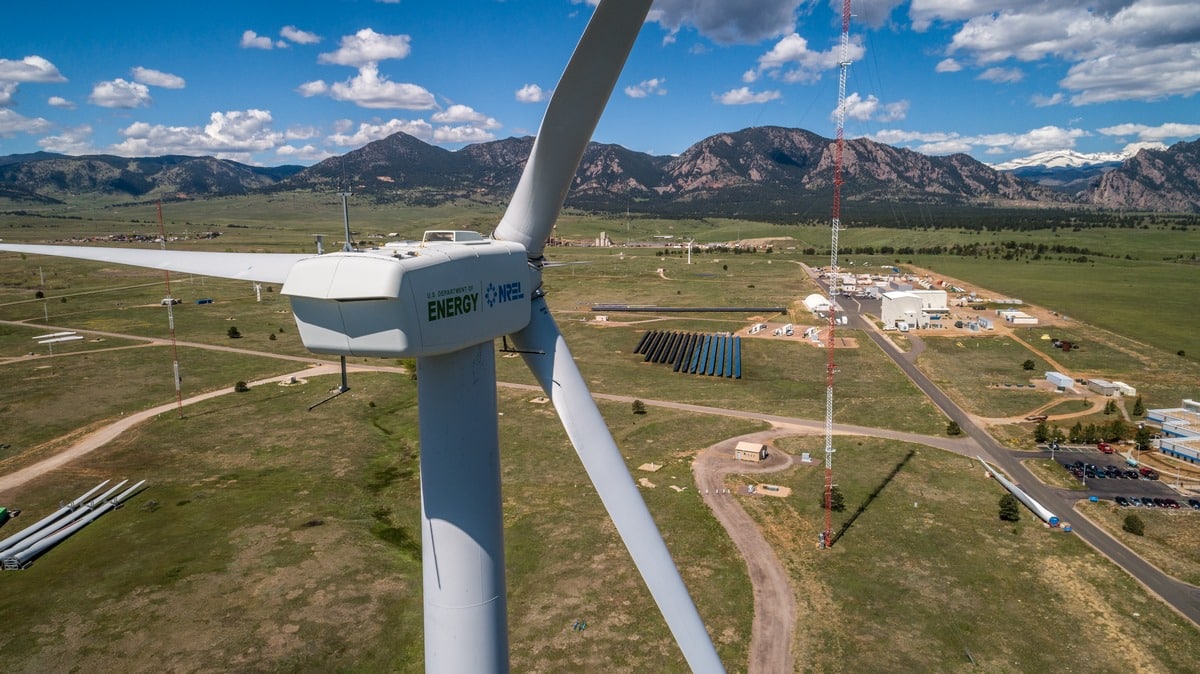
The maritime industry is heavily reliant on fossil fuels, but new tech may change that direction
Hexagon Purus Maritime of Norway has announced a $2.75 million purchase order for a green hydrogen fuel system that would power a sustainable ship commissioned by Greenpeace.
The vessel is a type of hybrid clean energy ship
The international environmental organization ordered the green hydrogen powered ship designed by Dykstra Naval Architects in the Netherlands. The ship is a kind of hybrid, which is powered by a number of different sources, including green hydrogen.
Its primary source of propulsion will be its 2,000 square meters of sails, though it will also feature solar panels, battery packs, and systems that run on e-methanol and H2. It will be 75 meters long.
The order for the vessel was placed by Freire Shipyard in Spain on behalf of the zero-emission maritime solutions company.
Hexagon Purus Tank – Image Credit Hexagon Purus
Vessels powered by clean energy such as green hydrogen are increasingly common
As organizations and governments around the world seek to decarbonize, it is becoming increasingly commonplace to see new designs and orders for vessels that can operate cleanly.
“Hexagon Purus is committed to actively leading the way in developing zero-emission alternatives,” said Guillermo Freire, the Freire Shipyard managing director. “After a comprehensive tender process, we became confident that Hexagon Purus Maritime had the ability and highest technical capabilities to deliver on this exciting project.”
“We are delighted to support Greenpeace’s mission to showcase innovative solutions for reducing maritime emissions,” said the managing director at Hexagon Purus Maritime, Robert Haugen. “This partnership underscores our commitment to pioneering zero-emission technologies and contributing to a sustainable future for the maritime industry.”
Not necessarily smooth sailing
While there is considerable promise for the use of H2 in the maritime shipping industry, there remain substantial challenges, many of which were outlined in an op-ed published by Haugen. In it, he placed the spotlight on the need for substantial investments into reducing the cost of green hydrogen production when compared to those associated with production using natural gas. He also underscored the need for improved safety and infrastructure for H2.







